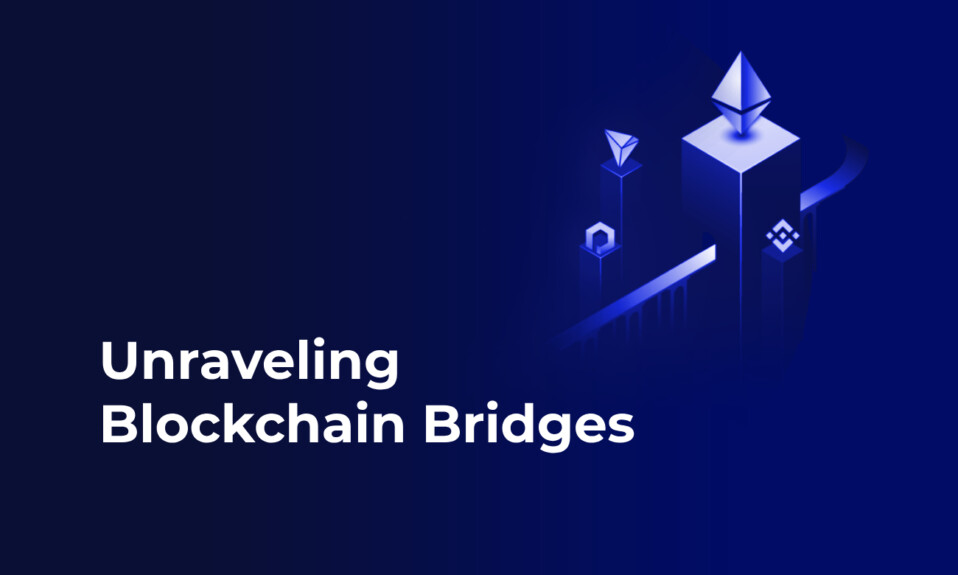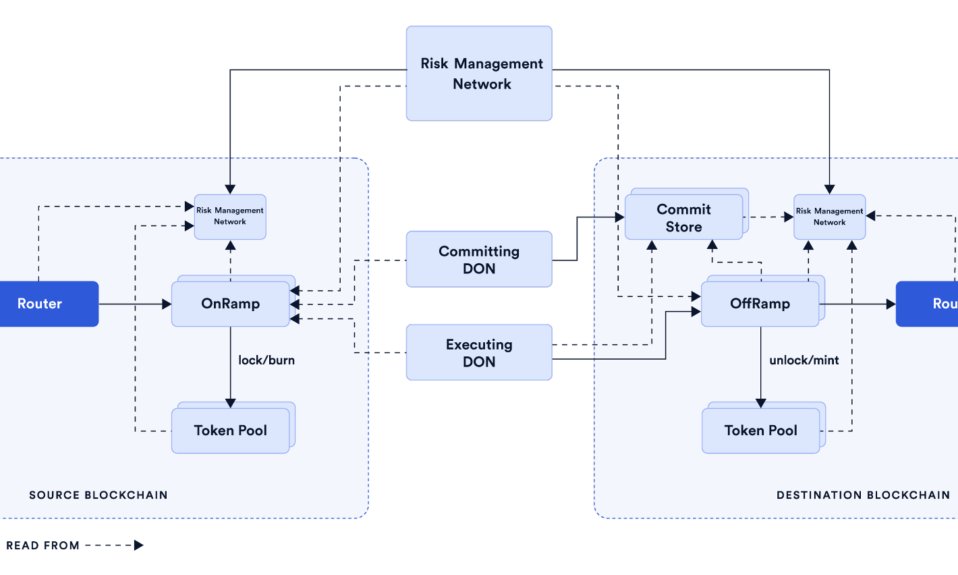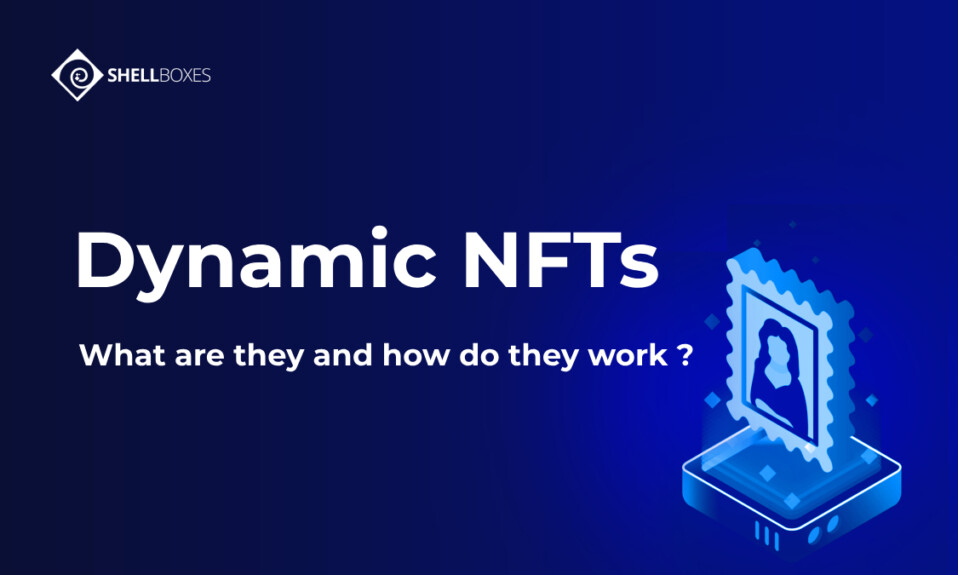
In the rapidly evolving world of decentralized technologies, blockchain bridges have emerged as critical components for achieving seamless interoperability and unlocking the true potential of blockchain networks. These bridges act as connectors, facilitating the secure transfer of assets and data across disparate blockchains. In this article, we will delve into the intricacies of blockchain bridges, explore their various use cases, and discuss the crucial aspect of security surrounding these innovative solutions.
Blockchain bridges are protocols or platforms designed to establish trustless and secure communication channels between different blockchain networks. Their primary purpose is to enable the seamless transfer of assets, smart contracts, and data across disparate blockchains, even if they are built on different protocols.
While blockchain bridges offer numerous benefits, it is crucial to
conduct the Security Audit to insure their safety and reliability.
Table of Contents
Applications of Blockchain Bridges
The potential applications for blockchain bridges are far-reaching, particularly within the realms of decentralized finance (DeFi) and decentralized applications (dApps). Here’s a closer look:
1. Asset Transfers:
Bridges primarily enable the transfer of assets between different blockchains, essentially allowing a token from, say, the Ethereum network to have a corresponding token on the Binance Smart Chain.
2. Data Communication:
Bridges also enable data sharing between different blockchains, fostering an environment of greater integration and cooperation among disparate blockchain ecosystems.
3. dApp Interactions:
With bridges, users can interact with a variety of dApps across different networks, broadening the horizons for dApp exploration.
4. Economical Conversions:
Often, the conversion of assets on bridges incurs lower transaction fees than traditional exchanges, making them an economically viable choice for many users.
Noteworthy Blockchain Bridge Networks
The demand for cross-chain interaction has led to the development of several blockchain bridge networks. Here are some of the most significant ones:
1. Cosmos:
Cosmos operates as “The Internet of Blockchains,” providing a platform for blockchains that can interoperate and scale. It enables the transfer of data and tokens between different blockchains.
2. Polkadot:
Polkadot stands out by enabling any data to be transferred across any blockchain. This capability allows for complex transfers and encourages innovation in the blockchain space.
3. ChainBridge:
ChainBridge is a modular multi-directional blockchain bridge that supports EVM and Substrate-based chains, allowing the transfer of arbitrary data and both fungible (ERC20, ERC721) and non-fungible tokens between different blockchains.
4. Wanchain:
Wanchain aims to build a super financial market by connecting distinct digital assets and enabling decentralized transfers of digital assets across isolated blockchain networks.
Security Considerations
1. Smart Contract Audits:
Blockchain bridges heavily rely on smart contracts to facilitate asset transfers and interchain communication. Thorough security audits of these smart contracts are essential to identify and mitigate potential vulnerabilities, ensuring the integrity and safety of assets during transfer.
2. Bridge Design and Governance:
The design and governance of blockchain bridges play a vital role in their security. Robust cryptographic techniques, multi-signature controls, and transparent governance mechanisms help safeguard assets and protect against potential attacks or manipulation.
3. Oracles and Data Integrity:
Blockchain bridges often rely on oracles to obtain data from external sources. The security and integrity of these oracles become critical, as compromised oracles can lead to inaccurate or manipulated data being transferred between blockchains. Implementing secure oracle solutions and employing data verification mechanisms are essential to maintain the trustworthiness of the transferred data.
4.Interoperability Standards:
Blockchain bridges must adhere to common interoperability standards to ensure secure and reliable communication between different blockchains. Establishing and adopting standardized protocols, such as cross-chain messaging formats and interchain communication standards, enhance security and mitigate potential compatibility issues.
Conclusion
Blockchain bridges are instrumental in achieving seamless interoperability and unlocking the full potential of decentralized technologies. They enable the transfer of assets, facilitate cross-chain






